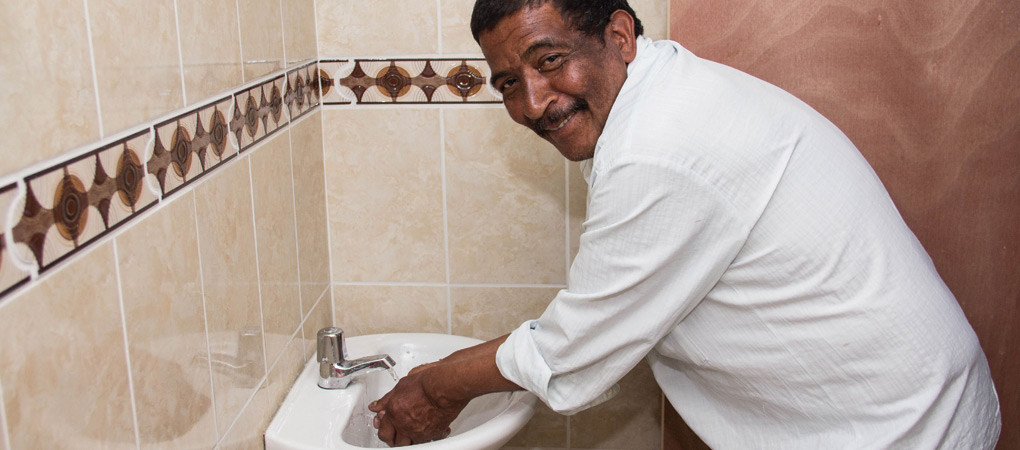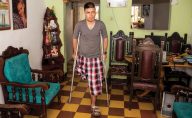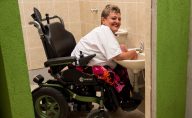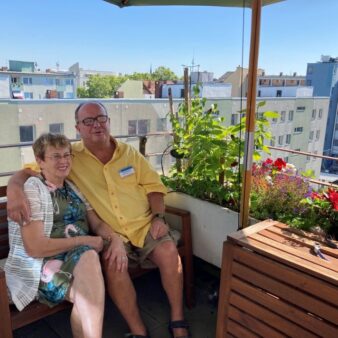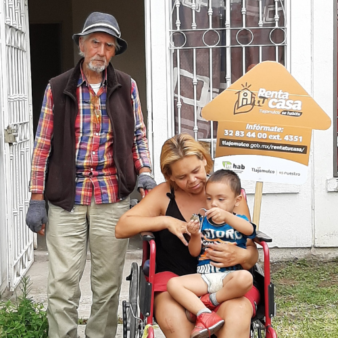Disabled people on low incomes face significant challenges. Poor access and inadequate housing mean they are often housebound and need constant support at home. This project in Medellín helps with simple adaptions and improvements to bathrooms and so eases their daily living conditions. The effects are remarkable giving independence to disabled people and allowing them, their families and carers more independence and improved quality of life.
Project Description
Aims and Objectives
The main objective is to improve the quality of life of disabled people and their families by making improvements in their homes. These improvements are focused on the practical needs of disabled people, in particular by upgrading their bathroom facilities.
The criteria to be able to apply for improvements are:
- Living in a regularised house and land (if this is not the case at the time of application, ISVIMED can help).
- Living in a zone that is not marked as high-risk (e.g not on an unstable slope).
- Owning the home and not having any other property.
- Having an income of no more than two salaries of the legal minimum wage.
- Having resided in Medellín for at least six years and in the house for at least three years.
- Having access to water and sewerage.
The local authority in Medellín has introduced a number of measures aimed at tackling poverty. It is in that context that the project ‘Improvement without Barriers’ (Mejoramiento Sin Barreras) was introduced. ISVIMED, the agency responsible for managing social housing in the city of Medellín, was tasked with helping people with disabilities and their family members be more independent and improve their quality of life through small improvements in the physical infrastructure of their homes. The project decided to concentrate on improving bathrooms by adding ramps and upgrading them so they are easier for disabled people to use as they considered that this would create the greatest impact. It aimed to help both disabled people and their carers. Bathroom improvements were intended to give disabled people more privacy and independence and help both them and their carers participate more in wider society.
Context
Medellín is the second largest city in Colombia with a population of 2.5 million. During the 1980s and 1990s it was at the centre of a war between drug cartels. In 1988, Time Magazine described it as “The most dangerous city in the world”. The last fourteen years however, have seen an extraordinary transformation. The economy started to boom at the end of the war and significant new developments were made, including the building of a new rapid transport system, which has been recognised as one of the best in Latin America.
‘Where are all the disabled people?’ is a question you might ask when visiting communities in Latin America. The answer is that many disabled people are hidden, staying at home because they cannot move around independently.
The way many settlements are built makes them very inaccessible to people with mobility problems. Often they are built on land that nobody else is using which is frequently steeply sloping, with narrow roads and tracks that are rarely surfaced. Problems with accessibility start at home. Many disabled people struggle because the layout of their homes are unsuitable. Most homes in low-income settlements are built on small sites at minimal cost. Few homes have bathrooms that are accessible to disabled people. This means that many disabled people need full time carers to help them and in many cases people have to wash or use toilet facilities in unsuitable places, affecting their privacy and creating risks to their health. This not only makes disabled people dependent on others but it also puts great demand on their carers. Typically carers are family members, who in some cases have to provide 24/7 care. This prevents carers from working and participating in society. Adapting homes so that they are accessible to disabled people is usually beyond the means of people living in low-income communities.
Although it may not always be visible, there are significant numbers of disabled people living in low-income communities. ISVIMED estimates that 12 per cent of the Medellín population is disabled. Disability Awareness in Action, the global human rights for disability network states that “There is a strong relationship between poverty and disability”. Poverty can be linked to a higher risk of acquiring a disability, once a person has a disability they are more vulnerable to becoming poor”.
Key Features
The programme is part of ISVIMED’s wider Housing Improvement programme which focuses on the needs of low income people, particularly those living in low-income communities.
The project focuses on improving the living conditions of disabled people with mobility difficulties by providing them with bathrooms. This significantly improves the quality of life for people living in some of the city’s poorest neighbourhoods.
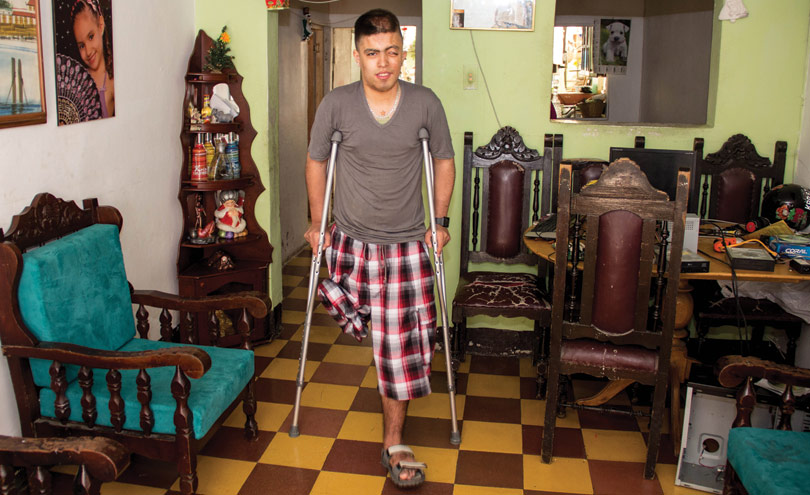
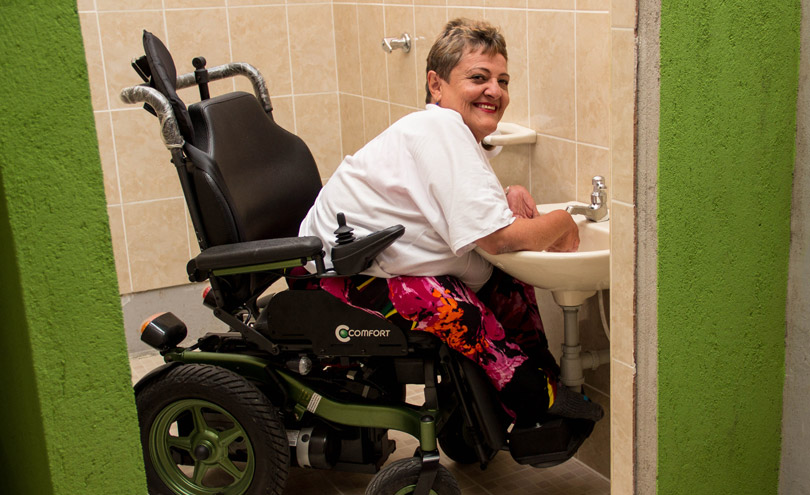
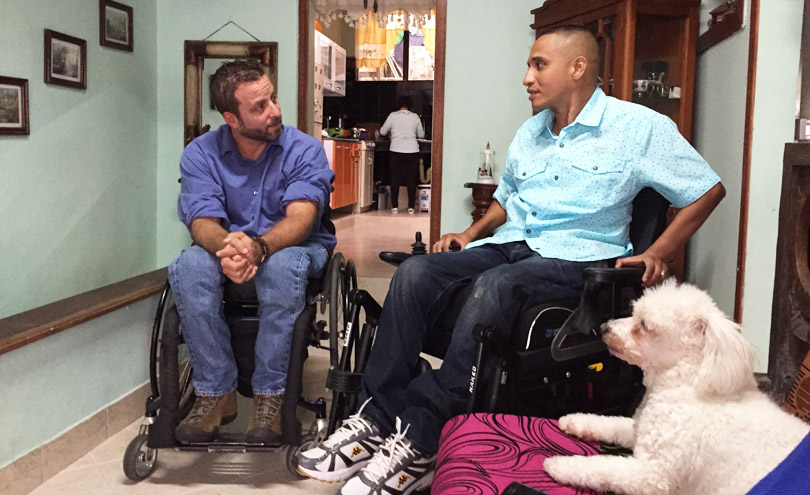
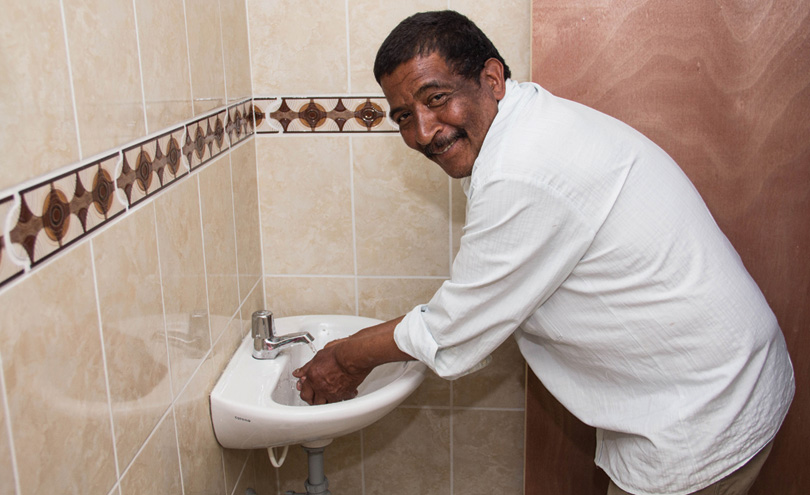
What impact has it had?
Between 2013 and 2015, the project has successfully improved 1,450 homes in the city of Medellín.
How is it funded?
The programme is funded wholly by the City of Medellín and has cost US$1.3million for the improvement of up to 2,000 homes over two years.
Why is it innovative?
Government housing programmes in Latin America rarely apply to both formal and informal housing sectors. The programme is uniquely focused on people’s needs not on a sector.
The programme is focused on minimal intervention at low cost, enabling it to reach a large amount of people quickly.
Is it financially sustainable?
The project is wholly funded by the local authority and thereby is currently reliant on ongoing public funds.
What is the social impact?
ISVIMED see bathrooms as particularly significant. The privacy that being able to bathe independently brings is important in developing self-esteem and confidence.
By making improvements to the houses where people with disabilities live, Mejoramiento Sin Barreras is providing the conditions that are necessary to help disabled people live autonomously whilst freeing up time for their carers.
Barriers
The main difficulty for the development and implementation of Mejoramiento Sin Barreras is the lack of reliable data about people with disabilities in the city. Currently there is no information that allows them to identify disabled people and collecting this information has proved difficult.
To overcome this problem, Mejoramiento Sin Barreras promoted the programme through the media and encouraged disabled people to come forward and apply.
An implication of this approach is that ISVIMED were not able to target the programme according to those with the greatest need.
The budget timetable for the City of Medellín and the change in administration within the local authority meant the programme could only be offered for a two year period, although there is the potential for the programme to be repeated by the new administration.
Lessons Learned
The programme operated with little information about the client group it was helping. A preliminary research study would have helped ISVIMED plan and target the programme more effectively.
Evaluation
The programme has a team of evaluators employed throughout the implementation phase to monitor performance. The evaluation has yet to be completed.
Transfer
There is interest from other cities in Colombia to replicate the programme, but this has not happened yet.

